

Kaikhosru Shapurji Sorabji’s Sequentia Cyclica super Dies Irae (hereafter SC) is by far the longest of this composer’s multi-hour-long behemoths for solo piano to have
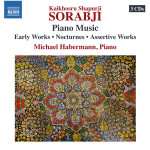
In 1980 Michael Habermann made the first commercial recordings of
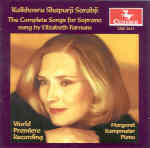
The majority of Kaikhosru Sorabji’s songs date from just after the beginning of World War I, when the composer was in his early 20s. Their

Michael Habermann made the first, and in many respects the best commercial recordings devoted to Kaikhosru Sorabji’s ridiculously difficult and overwrought piano works. As with
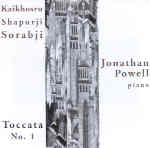
Composed in 1928, Sorabji’s five-movement Toccata No. 1 might best be described as a smaller cousin, or a “beta version” if you will, to his
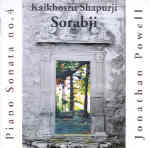
In contrast to Sorabji’s first three single-movement piano sonatas, the 1929 Sonata No. 4 is structured in three movements that add up to more than
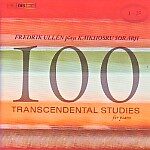
Although Kaikhosru Sorabji is best known for his marathon-length large-scale piano epics (Opus Clavicembalisticum and the Fourth Sonata, for example), I’ve always felt that his
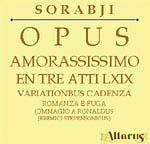
Opus Amorassissimo, etc. is perhaps the least known yet most controversial of Kaikhosru Sorabji’s large-scale, unpublished and unperformed piano works. According to Altarus producer Robyn

This release documents the U.S. premiere of Kaikhosru Sorabji’s Second Piano Sonata. Like his First Sonata, Sorabji’s longer, more ambitious follow-up takes its cue from
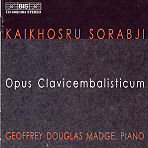
Kaikhosru Sorabji’s Opus Clavicembalisicum is arguably the longest non-repetitive piano composition ever published. Modeled on Busoni’s Fantasia Contrappuntistica, OC’s structure encompasses, among other things, two
![]()
